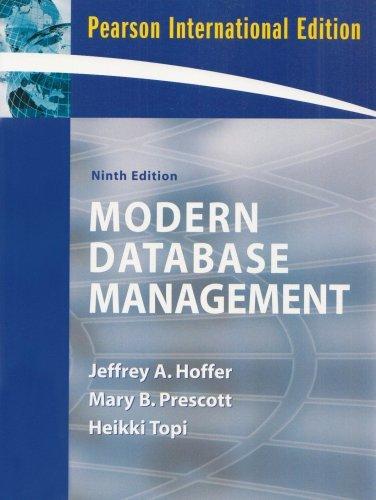Question
Design a flow chart just like the given template, illustrating the following steps/logic: 1. The algorithm starts by setting the initial operating parameters of the
Design a flow chart just like the given template, illustrating the following steps/logic:
1. The algorithm starts by setting the initial operating parameters of the fuel cell, such as the fuel flow rate, air flow rate, and stack temperature. These initial parameters might be set based on the manufacturer's recommendations, past performance data, or other relevant factors.
2. The algorithm then enters a loop that runs continuously, with the loop iterations occurring at a specified time interval (e.g., every second). This time interval can be chosen based on the specific needs of the system and the desired level of control accuracy.
3. In each iteration of the loop, the algorithm first measures the current power demand of the system. This might be done using a power meter or other device that can measure the power usage of the system.
4. The algorithm then compares the current power demand to the power output of the fuel cell. This can be done by measuring the voltage and current output of the fuel cell and using these measurements to calculate the power output.
5. If the power demand is greater than the power output, the algorithm will switch the fuel cell into a higher power mode (e.g., using the OMCS strategy). This might involve increasing the fuel flow rate and air flow rate to increase the power output of the fuel cell. The algorithm will also consider the PPSS strategy, which involves maximizing the power output of the fuel cell while minimizing fuel consumption and maintaining the desired operating conditions.
6. If the power demand is less than the power output, the algorithm will switch the fuel cell into a lower power mode (e.g., using the OMCS strategy). This might involve decreasing the fuel flow rate and air flow rate to reduce the power output of the fuel cell.
7. If the power demand is equal to the power output, the algorithm will maintain the current operating parameters of the fuel cell.
8. The algorithm will also continuously monitor the performance of the fuel cell (e.g., using the FLCS strategy). This might involve measuring various parameters of the fuel cell, such as the stack temperature, fuel cell voltage, and fuel cell current, and using fuzzy logic algorithms to analyze these measurements and determine if the fuel cell is operating optimally.
9. If the fuel cell performance deviates from the desired operating conditions, the algorithm will adjust the operating parameters of the fuel cell to bring it back into the desired range (e.g., using the ECMS strategy). This might involve adjusting the fuel flow rate, air flow rate, or stack temperature to minimize the equivalent fuel consumption of the fuel cell while maintaining the desired power output.
10. The algorithm will continue to run this loop until the fuel cell is shut down or the system is no longer in use. This allows the control algorithm to continuously monitor and adjust the operation of the fuel cell to optimize its performance and minimize fuel consumption.
See example:

Step by Step Solution
There are 3 Steps involved in it
Step: 1

Get Instant Access to Expert-Tailored Solutions
See step-by-step solutions with expert insights and AI powered tools for academic success
Step: 2

Step: 3

Ace Your Homework with AI
Get the answers you need in no time with our AI-driven, step-by-step assistance
Get Started


